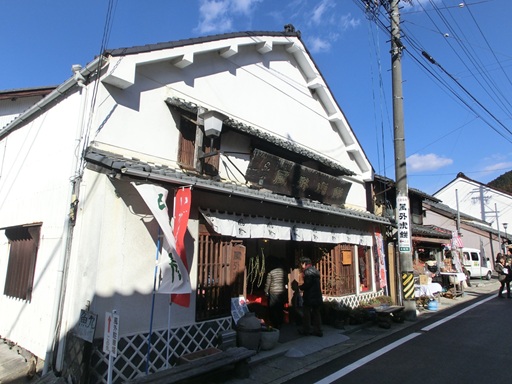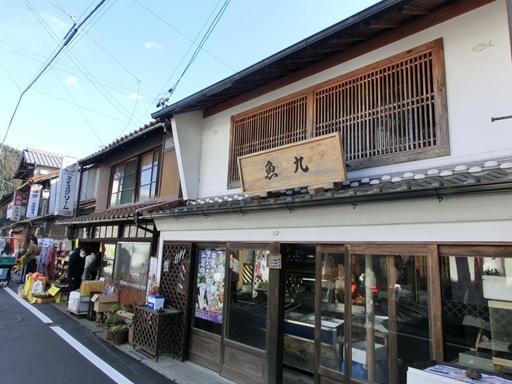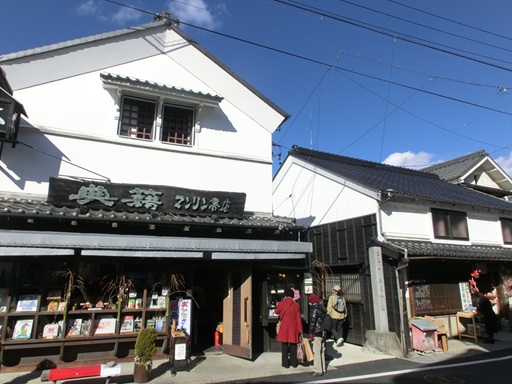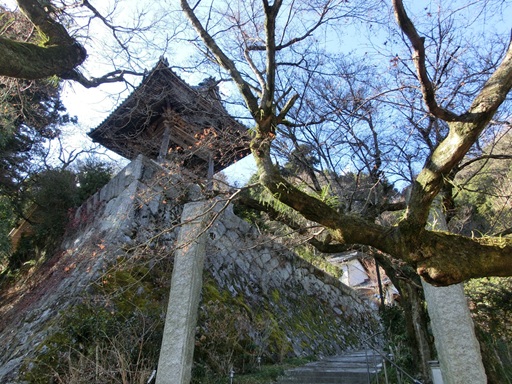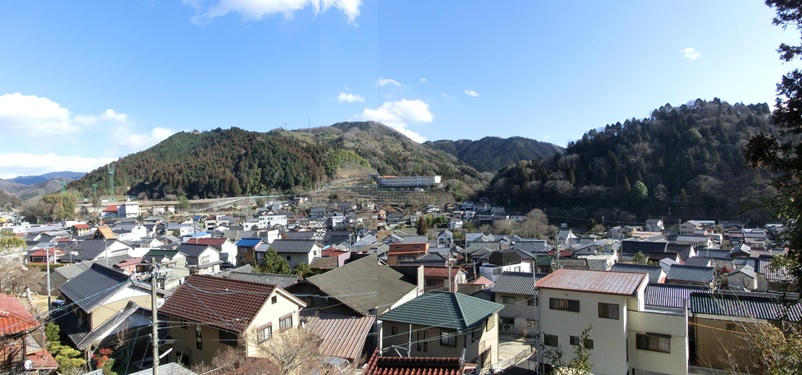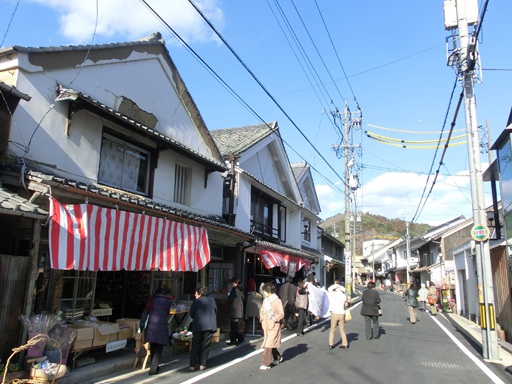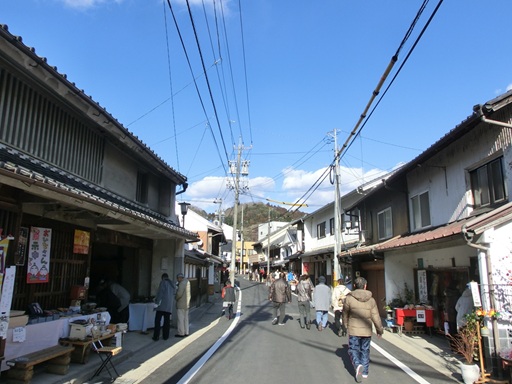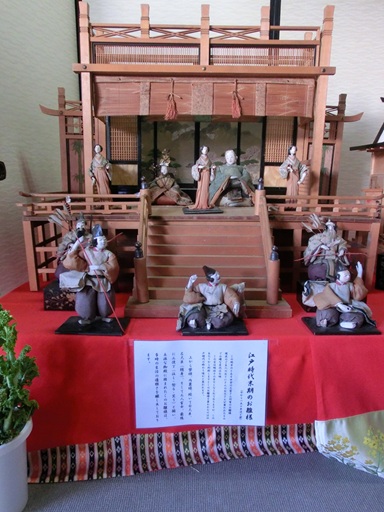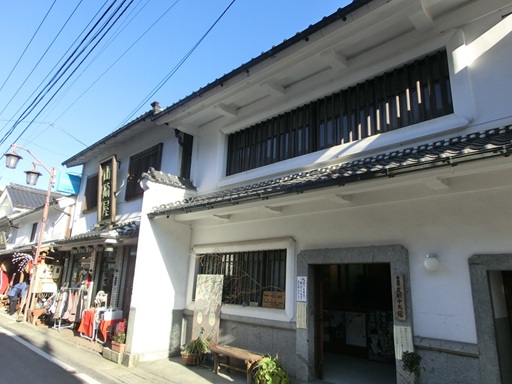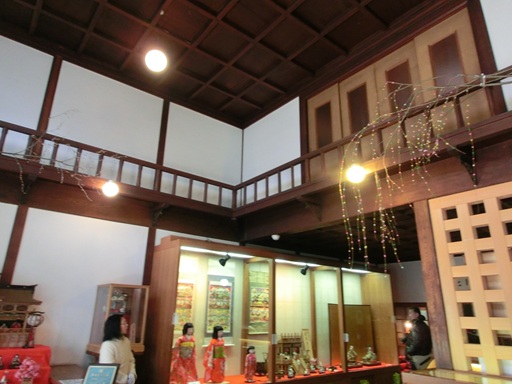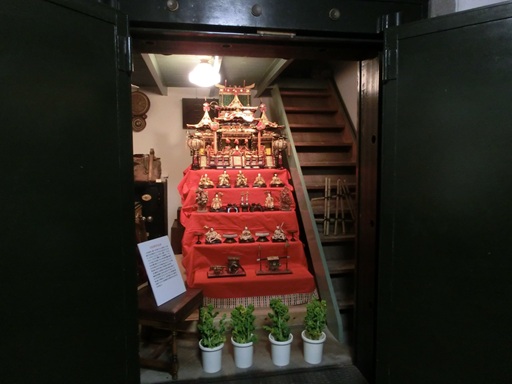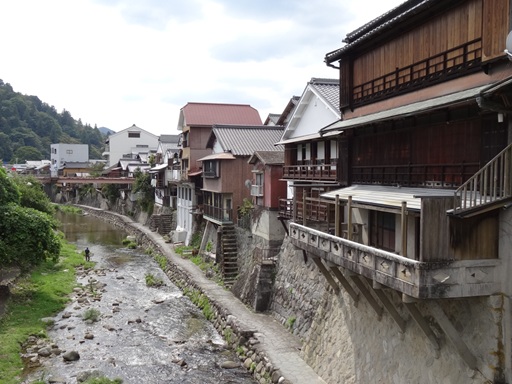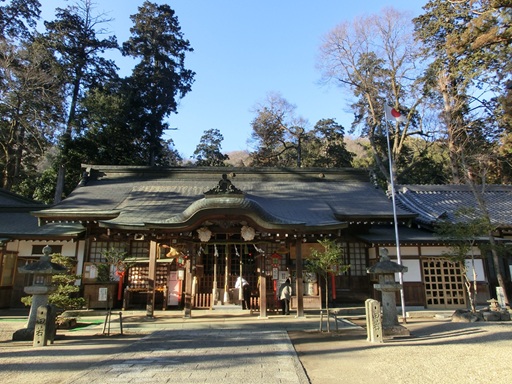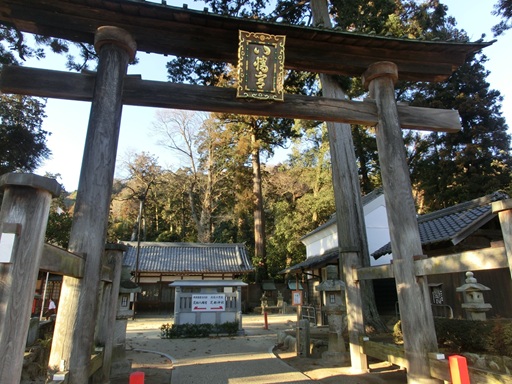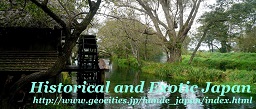|
Asuke Post Town, Aichi Prefecture
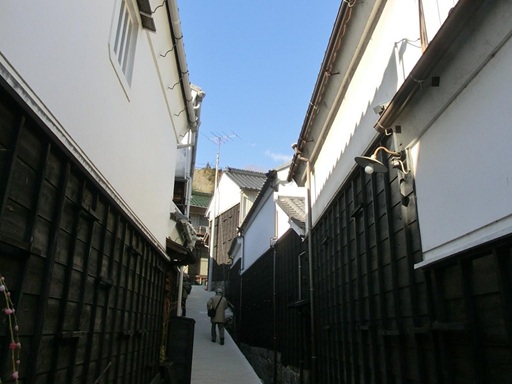
Asuke is located in the Mikawa Mountains and flourished as a post town on the Chuma-Kaido Road connecting Okazaki and "Shinshu", present-day Nagano Prefecture. The Chuma Kaido Road was used to transport salt from Mikawa Bay to "Shinshu", and it is said that salt transported by boat from Mikawa Bay on the Yahagi River was repackaged in Asuke, and then transported by horseback from Asuke to "Shinshu". "Chuma" seems to be the name of a union of people from "Shinshu" who transported goods on horseback during the Edo Age (1603 - 1868) .If you cross the Tomoe Bridge over the Tomoe River, a tributary of the Yahagi Rive, you will arrive at Asuke Town. 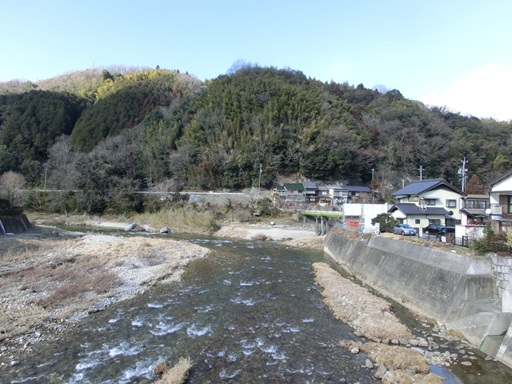
In Asuke Town, you will see the "Tamadaya" guesthouse. The old lattice building creates a good atmosphere. 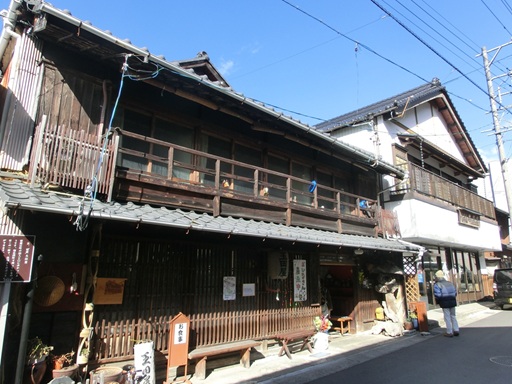
During the Meiji and Taisho Ages, there were seven guesthouses in "Nishimachi", west town, at the entrance to Asuke Post Town. But now only "Tamadaya" remains. 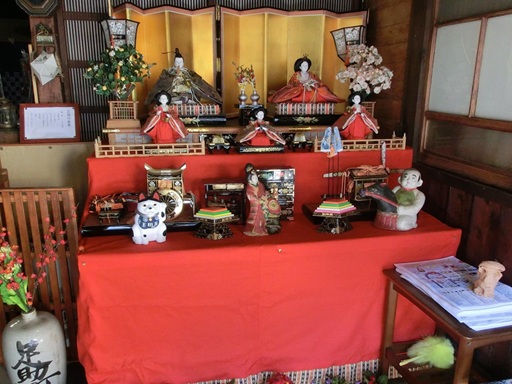
It was in the middle of February, when I visited Asuke. "Hina" dolls were on display in preparation for "Hinamatsuri", Girl's Day, on March 3rd. 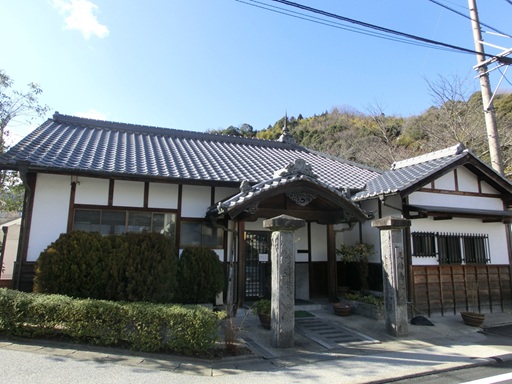
From here, cross the Asuke River and head towards the center of Asuke Town. Please refer the page of "Shimoda Area" for historical sites in Shimoda downtown: http://cf916626.cloudfree.jp/HandE_Japan/TravelDestinations/Chubu/Shimoda_E.html After crossing the river, turn right at the first corner to reach Asuke's main street. Traditional shops line the streets. |
